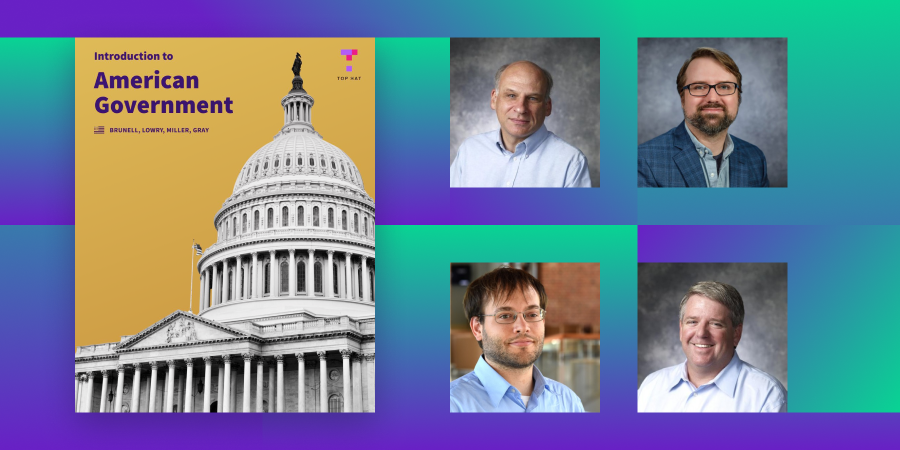Student expectations for higher ed have drastically changed over the past decade—a change that was accelerated during the pandemic. Today’s students expect learning experiences to prioritize flexibility, access, engagement, and support for their individual success—all of which contribute to perceptions of value.
At the EDUCAUSE 2021 conference, many educators and administrators shared tips and learnings on how they reimagined their courses to better support student needs during a time of continued uncertainty. And here we’ve compiled key insights on how to drive student outcomes from presentations given by Demian Hommel (Senior Instructor and Research Faculty at Oregon State University), Jennifer Sparrow (Deputy CIO at The Pennsylvania State University), and Joe Rohrlich (CEO at Top Hat) at this year’s event.
1. Boost engagement by designing your assessments around Universal Design for Learning and learning science principles
Summative assessments, as Demian Hommel notes, have historically fallen short in their ability to provide timely and frequent feedback to the educator on where their students’ learning gaps are. And traditional assessments like long-form multiple choice tests are inherently inaccessible. “Summative assessments can sometimes be seen as dead ends,” he says. “They don’t assess where students are nor do they provide them with options for moving forward.” Instead, Hommel suggests instructors incorporate more opportunities for diagnostic and formative assessments, which can serve as pulse checks throughout the academic term. These regular touchpoints help make sure students are on track to meet course objectives, while providing educators with opportunities to reach out to struggling students early and often.
Several low-stakes assessments, versus a major exam at the end of the semester, can also help students realize what material they are and aren’t comfortable with early on. To help with information retention, Hommel employs interleaving, a learning science concept, in his courses. “You introduce a new unit before students are ready and then turn back to the previous material—perhaps when students already feel like they have mastery—and continually embed low-stakes assessments,” he shares.
Using Top Hat has helped Hommel to facilitate regular pulse checks that give him the valuable feedback he needs to support every student. “Top Hat’s flexibility has been a big part of pre-, during and post-class opportunities and making sure students understand this information in multiple modes,” says Hommel. Top Hat has allowed for multiple means of engagement—whether through discussions, word clouds or click-on-target questions—which align with UDL best practices.
2. Embrace ‘small data’ to effectively support student outcomes
You’ve likely heard of ‘big data’ before. But ‘small data,’ regular insights which point to patterns in student engagement and comprehension, may be more revealing. By leveraging real-time signals and insights, educators can better tailor their support to boost student outcomes and create a class environment (whether online or in person) that encourages engagement and curiosity. For example, educators at Penn State leverage tools to monitor student performance, comprehension, attendance, and engagement. Taking advantage of this data allows advisors to personalize their outreach to at-risk students, ensuring all learners get the timely and up-to-date support they need.
Katie Thompson-Laswell, Senior Instructor of Human Development and Family Science at Kansas State University, is one of many professors who relies on the iterative signals and insights that Top Hat offers in order to create the conditions for her 200+ students to thrive. She’s now able to easily address three critical aspects of the learning experience: performance, engagement and perceptions of value.
- Performance: Regular, small-stakes assessments provide Thompson-Laswell with insight into how students are progressing from the first day of class—all while providing opportunities to intervene with struggling students early in the term.
- Engagement: Top Hat pinpoints engagement, attendance and completion metrics, enabling her to adjust the pace of her delivery and reading and homework assignments accordingly.
- Perceptions of value: Thompson-Laswell uses two-way communications in the form of assessments, polls, and more delivered through student response systems to gauge whether the material resonates with students. Here, she can also measure whether students see connections between course content and the real world.
Create the conditions for students to thrive on your campus. Top Hat is here to support you in addressing your institutional and teaching challenges—book your complimentary meeting with us today.


